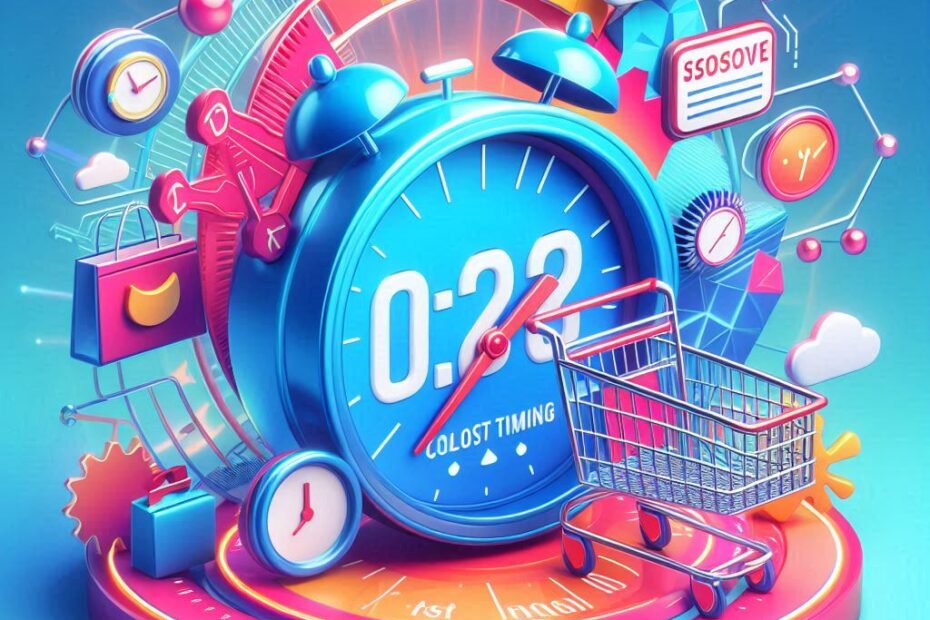Marketing strategies thrive on precision, planning, and execution. One effective approach is implementing a closed timing marketing strategy. This tactic focuses on creating a sense of urgency and exclusivity by offering products or services within a specific, restricted time frame. However, as with any strategy, it has its drawbacks alongside its advantages.
Advantages of Closed Timing Marketing
- Creates Scarcity: Limited availability triggers the psychological principle of “fear of missing out” (FOMO).
- Drives Action: Time-sensitive offers reduce procrastination and encourage faster decisions.
- Generates Buzz: Exclusive campaigns often generate excitement and word-of-mouth marketing.
Disadvantages of Closed Timing Marketing
- Customer Frustration: Some customers may feel pressured or left out if they miss the offer, potentially leading to negative brand perception.
- Operational Challenges: Handling the surge in demand during the limited time frame might overwhelm your systems, causing delays or errors.
- Short-Lived Impact: Sales might spike temporarily, but the strategy’s effects could fizzle out quickly without a follow-up plan.
- Risk of Diluting Brand Value: Frequent use of limited-time offers can make them less impactful and harm the perceived exclusivity of your brand.
- Pressure on Marketing Teams: The tight timeline demands flawless execution, which can stress marketing and operational teams.
Steps to Execute the Strategy
Despite its challenges, careful planning can make this strategy successful:
- Define Your Timing: Choose a timeframe that aligns with your audience’s behavior (e.g., end-of-month paydays or festive seasons).
- Craft Compelling Offers: Make sure your offer is valuable enough to warrant urgency.
- Promote Effectively: Use all available channels—email campaigns, social media, and ads—to notify potential buyers.
- Leverage Technology: Tools like countdown timers on websites or automated notifications can reinforce the sense of urgency.
- Ensure Seamless Execution: Ensure your website, checkout process, and customer support are equipped to handle the rush.
Enhancing Sales Using Closed Timing
Consider these real-world examples to bring the strategy to life:
- Seasonal Sales: Holiday-specific campaigns like Diwali specials or Christmas flash sales.
- Limited Product Releases: Exclusive, short-run items, such as merchandise drops or concert tickets.
- Early-Bird Offers: Discounted pricing available only during pre-launch or for early adopters.
Evaluate and Optimize
Post-campaign analysis is crucial:
- Measure your success using KPIs like conversion rates, revenue, and customer engagement.
- Gather feedback from your audience to improve future closed-timing initiatives.
In conclusion, a closed timing marketing strategy offers a powerful way to boost sales but isn’t without risks. Being mindful of its disadvantages and planning thoughtfully can help you strike the right balance between urgency and customer satisfaction.
Fuel my creative spark with a virtual coffee! Your support keeps the ideas percolating—grab me a cup at Buy Me a Coffee and let’s keep the magic brewing!
